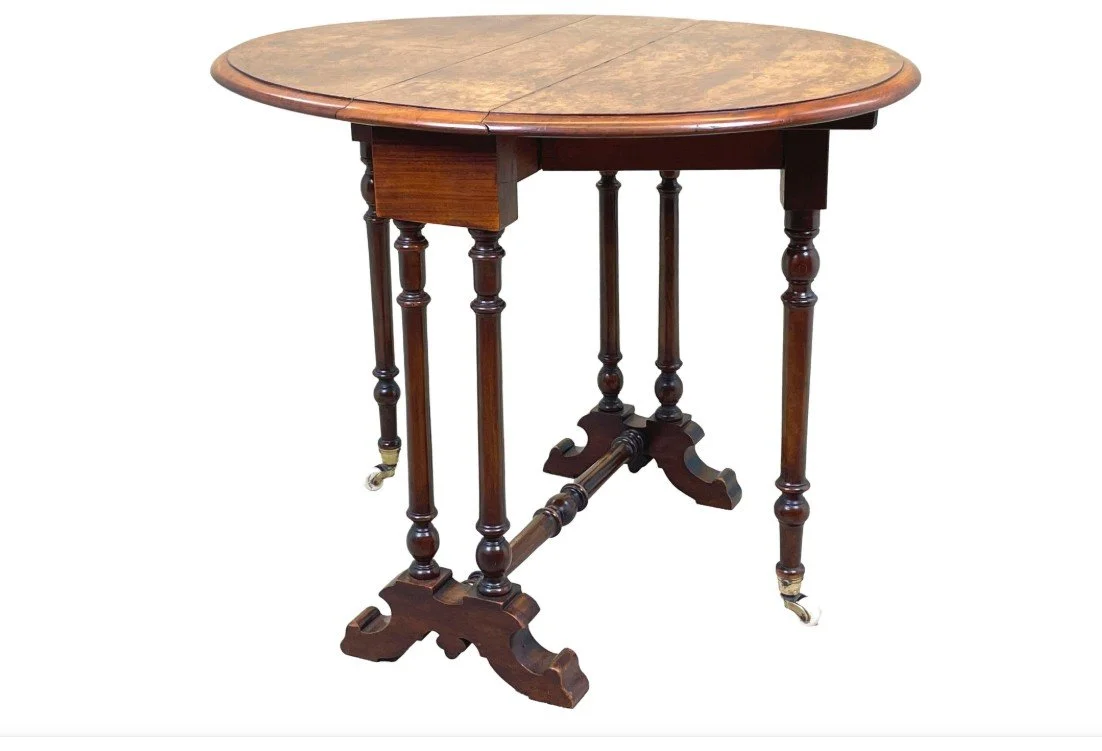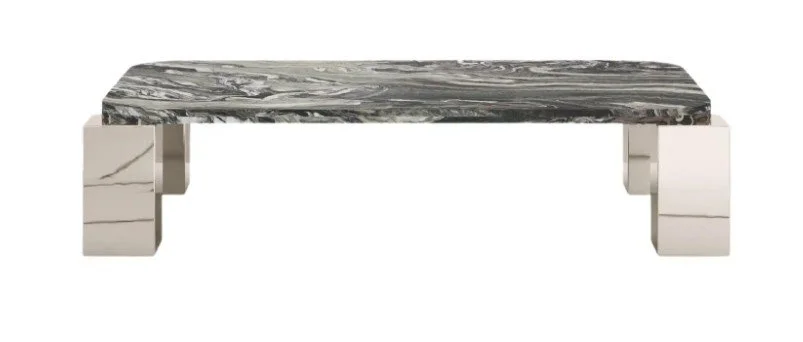Coffee Table Evolution
The coffee table, a staple in living rooms worldwide, carries a rich history that reflects both function and style. Originating in the late 19th century, coffee tables were designed to provide a convenient surface for coffee drinking, which had become a popular social ritual. Early versions were often low, sturdy, and ornately carved, blending seamlessly with the sophisticated parlor furniture of the Victorian era.
Early coffee tables were not low like the ones commonly seen today (many of which are in the 14” high neighborhood). Instead, they were often taller and resembled small dining tables or large side tables in height. This design reflected the social customs and furniture styles of the time when coffee was typically served in a formal setting, and tables needed to accommodate more upright seating arrangements. Over time, as living room designs evolved to favor more relaxed and casual environments, coffee tables became lower to better complement sofas and lounge chairs.
The first modern low coffee table emerged in the early 20th century as part of the shift toward minimalist and functional furniture design. Characterized by clean lines, simple geometric shapes, and a focus on practicality, this table redefined living room layouts by lowering the height and emphasizing open space beneath. Influenced by the Bauhaus movement and Scandinavian design principles, the modern low coffee table combined both form and function, serving as a centerpiece that encouraged social interaction while maintaining an uncluttered aesthetic. Its design continues to inspire contemporary interiors with its timeless appeal and versatility.
Over time, coffee tables evolved beyond mere utility to become central pieces of interior design, adapting to changing tastes and lifestyles. Mid-century modern designs introduced sleek lines and materials like glass and metal, while contemporary styles emphasize versatility, often incorporating storage and multifunctionality.
At Irwin Weiner Interiors, we appreciate the coffee table not just as a practical piece but as a symbol of social connection and aesthetic expression. The tables we usually recommend for our clients honor this legacy, offering designs that balance tradition with innovation—perfect for anchoring your living space and inspiring conversation. Embrace a coffee table that not only serves your daily needs but also tells a story of style and hospitality through the ages.



